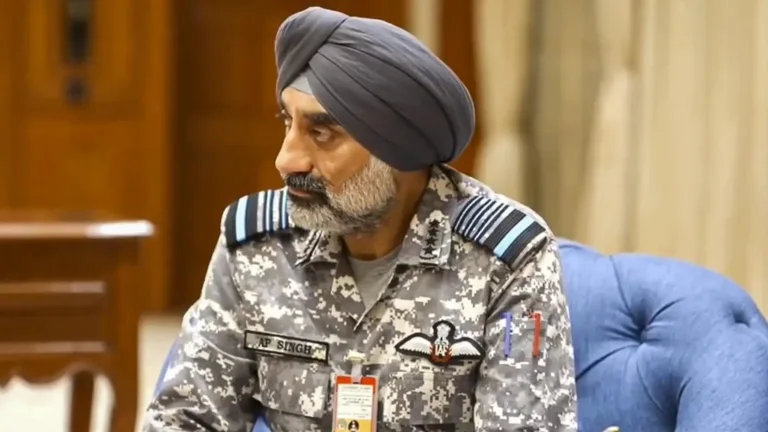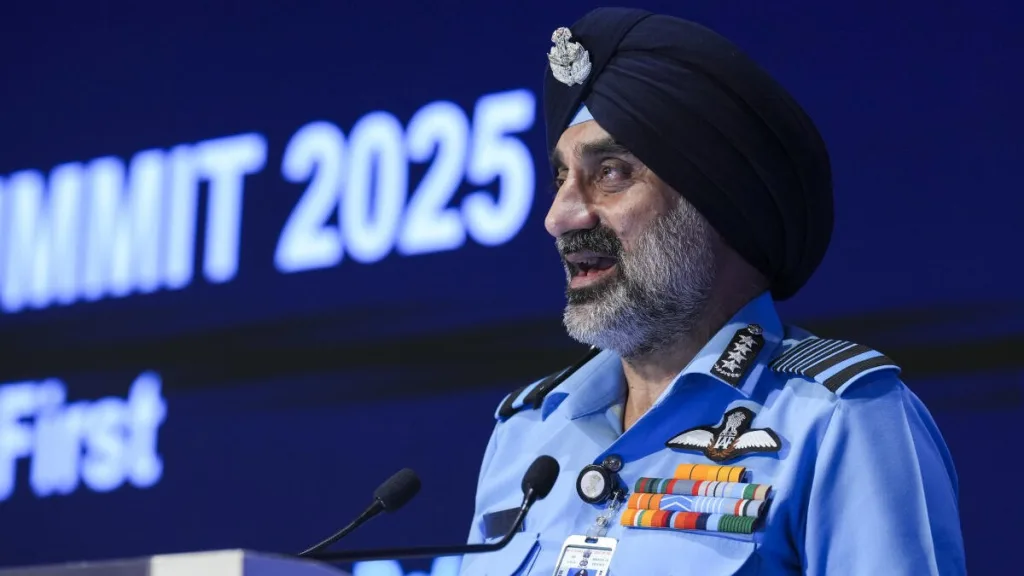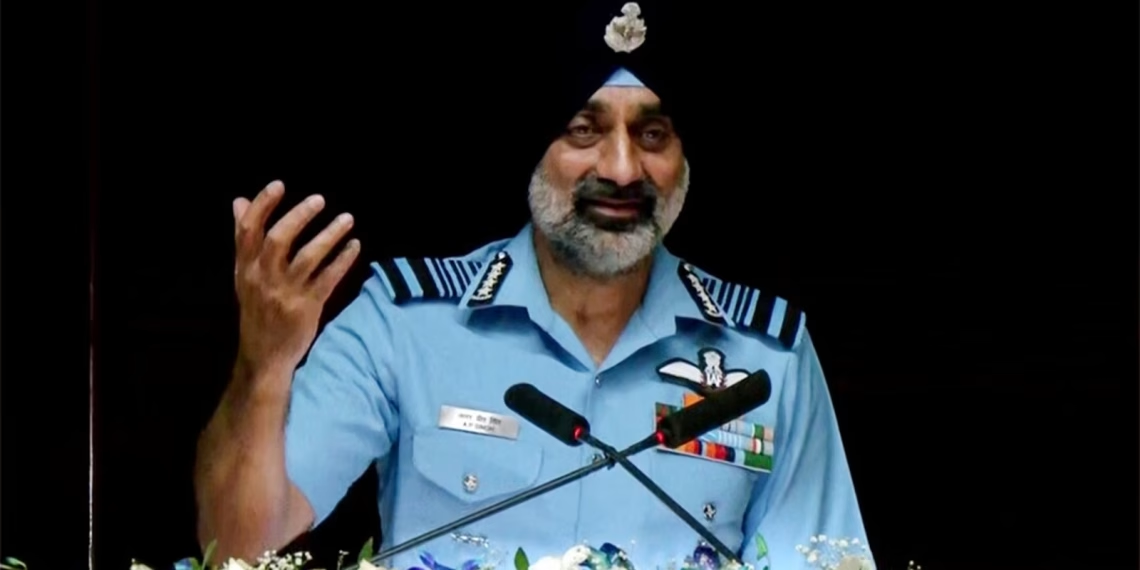In a remarkable display of military precision and technological superiority, Air Chief Marshal Amar Preet Singh revealed that the Indian Air Force (IAF) successfully shot down five Pakistani fighter jets and one large aircraft during Operation Sindoor in May 2025. This historic achievement marks what the IAF chief described as “the largest-ever recorded surface-to-air kill by India”.
For defense enthusiasts and patriotic Indians, this revelation represents more than military statistics – it showcases India’s growing defense capabilities and the strategic importance of modern air defense systems in protecting national sovereignty.
Table of Contents
Operation Sindoor: Mission Overview
| Operation Details | Information |
|---|---|
| Operation Name | Operation Sindoor |
| Duration | May 7-10, 2025 |
| Pakistani Aircraft Downed | 6 total (5 fighter jets + 1 large aircraft) |
| Primary Weapon System | S-400 air defense system |
| Aircraft Type Destroyed | Fighter jets and AEW&C/ELINT aircraft |
| Mission Trigger | Response to Pahalgam attack (April 22, 26 killed) |
| Official Confirmation | Air Chief Marshal Amar Preet Singh |
| Strategic Significance | Largest surface-to-air kill in Indian history |
The Game-Changer: S-400 Missile System
Superior Defense Technology
The S-400 air defense systems played the decisive role in this historic achievement, demonstrating India’s investment in cutting-edge defense technology. The system employs a network of multi-band phased array radars that offer 360-degree surveillance and can track up to 300 targets simultaneously from as far as 600 km away.

Operational Excellence
On the intervening night of May 7-8, Pakistan attempted to engage a number of military targets using drones and missiles in northern and western India. The S-400 system effectively neutralized these threats, showcasing its multi-target engagement capabilities.
Strategic Impact
The S-400 missile system can coordinate the engagement of up to 36 targets simultaneously, employing various missiles tailored to intercept threats at differing ranges. This technological superiority played a crucial role in Operation Sindoor’s unprecedented success.
Military Leadership and Strategy
Political-Military Coordination
Air Chief Marshal AP Singh lauded India’s political leadership, noting that Indian forces received clear directions and no restrictions were put on them, with complete synchronisation between all stakeholders.
First Official Confirmation
This marks the first time an IAF chief has officially disclosed the specific damage inflicted during the operation, providing transparency about India’s defensive capabilities and operational success.
Strategic Context and Response
Response to Terror Attack
The precision strikes on terrorist infrastructure in Pakistan were a response to the devastating Pahalgam attack of April 22, which saw 26 people killed, demonstrating India’s commitment to protecting its citizens through decisive action.
Multi-Domain Warfare Success
The operation showcased India’s capabilities in modern multi-domain warfare, effectively countering aerial threats while maintaining strategic superiority.
For comprehensive defense updates and military analysis, visit Technosports Defense.

International Recognition and Impact
Technological Validation
After Operation Sindoor’s resounding success, India contacted Russia for additional S-400 systems, indicating the proven effectiveness of this defense platform in real combat scenarios.
Strategic Deterrence
The successful operation sends a strong message about India’s air defense capabilities and its readiness to protect national interests against any aggression.
Future Implications
Enhanced Defense Posture
This operation validates India’s investment in advanced air defense systems and demonstrates the importance of technological superiority in modern warfare.
Regional Security Dynamics
The success of Operation Sindoor may influence regional security calculations and demonstrate India’s enhanced defensive capabilities to both allies and potential adversaries.
For official defense updates and policy information, visit the Ministry of Defence and Press Information Bureau.
Stay updated with latest security developments at Technosports Security.
Looking Ahead
Operation Sindoor represents a watershed moment in India’s defense capabilities, showcasing the successful integration of advanced technology, strategic planning, and operational excellence. The IAF’s achievement underscores India’s commitment to protecting its sovereignty through superior defense systems and strategic deterrence.
For detailed defense analysis and strategic insights, visit Observer Research Foundation and Institute for Defence Studies and Analyses.
Frequently Asked Questions (FAQs)
1. What exactly was Operation Sindoor and when did it take place?
Operation Sindoor was a major Indian Air Force operation conducted from May 7-10, 2025, in response to the Pahalgam terrorist attack that killed 26 people on April 22. During this operation, the IAF successfully shot down five Pakistani fighter jets and one large aircraft (AEW&C/ELINT aircraft) using S-400 air defense systems, marking the largest-ever recorded surface-to-air kill by India according to Air Chief Marshal Amar Preet Singh.
2. How did India’s S-400 missile system contribute to Operation Sindoor’s success?
The S-400 air defense system was the primary weapon that achieved this historic success, demonstrating its capability to engage multiple targets simultaneously from long range. The system’s advanced multi-band phased array radars can track up to 300 targets simultaneously from 600 km away, and it can coordinate engagement of up to 36 targets at once. When Pakistan attempted drone and missile attacks on northern and western India during the night of May 7-8, the S-400 effectively neutralized these threats while also downing the six Pakistani aircraft.








